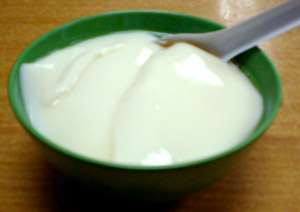 Spies with Weapons which has been included in the chapter IV in Book XII in Arthashastra, equips the spies to use small weapons as well as huge variety of poisons and other intoxications which shall not only provide the spies with self defence but shall help them to slay their enemies at times of emergencies. It has been mentioned that the spies who are residing in the country sides or who are living as cultivators in the country villages, can send messages through the merchants about the neighbouring enemy and invite their secret emissaries and reward them with wealth and honours during which time they shall strike the enemy at their weak points.
Spies with Weapons which has been included in the chapter IV in Book XII in Arthashastra, equips the spies to use small weapons as well as huge variety of poisons and other intoxications which shall not only provide the spies with self defence but shall help them to slay their enemies at times of emergencies. It has been mentioned that the spies who are residing in the country sides or who are living as cultivators in the country villages, can send messages through the merchants about the neighbouring enemy and invite their secret emissaries and reward them with wealth and honours during which time they shall strike the enemy at their weak points.
Spies with Weapons allow the spies to use liquor for entertaining the banished prince in the enemy camp where they can begin with slight dose of intoxications which shall be replaced with poison in the second and third day. The spies may apply the same method for those employed by the vintners. Spies, disguised as experts in trading in cooked flesh, cooked rice, liquor, and cakes, may vie with each other in proclaiming in public the sale of a fresh supply of their special articles at cheap price, and may sell the articles mixed with poison to the attracted customers of the enemy. Women and children may receive, in their poisoned vessels, liquor, milk, curd, ghee, or oil from traders in those articles, and pour those fluids back into the vessels of the traders, saying that at a specified rate the whole may be sold to them. Spies, disguised as merchants, may purchase the above articles, and may so contrive that servants, attending upon the elephants and horses of the enemy, may make use of the same articles in giving rations and grass to those animals. Spies, under the garb of servants, may sell poisoned grass and water.
Thus, Spies with weapons can be considered a new method of deceiving the enemy by intruding within their daily life style.



















